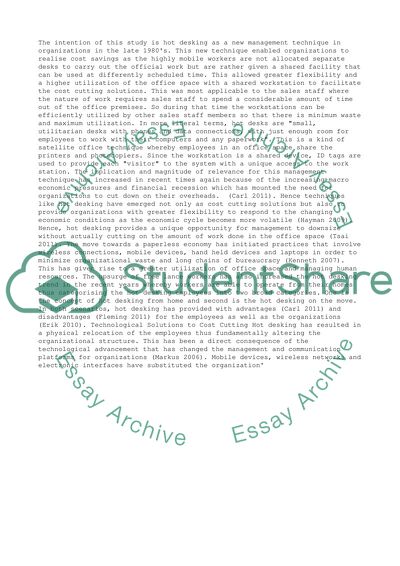Cite this document
(“Hot desking: an approach, developed and emerged as a new management Literature review”, n.d.)
Retrieved from https://studentshare.org/business/1393291-hot-desking-an-approach-developed-and-emerged-as-a-new-management-technique-in-organizations
Retrieved from https://studentshare.org/business/1393291-hot-desking-an-approach-developed-and-emerged-as-a-new-management-technique-in-organizations
(Hot Desking: An Approach, Developed and Emerged As a New Management Literature Review)
https://studentshare.org/business/1393291-hot-desking-an-approach-developed-and-emerged-as-a-new-management-technique-in-organizations.
https://studentshare.org/business/1393291-hot-desking-an-approach-developed-and-emerged-as-a-new-management-technique-in-organizations.
“Hot Desking: An Approach, Developed and Emerged As a New Management Literature Review”, n.d. https://studentshare.org/business/1393291-hot-desking-an-approach-developed-and-emerged-as-a-new-management-technique-in-organizations.


